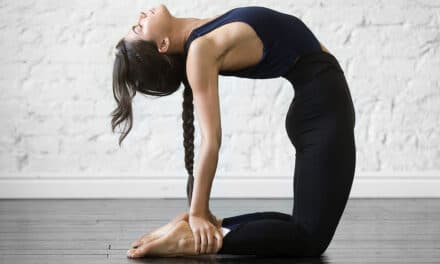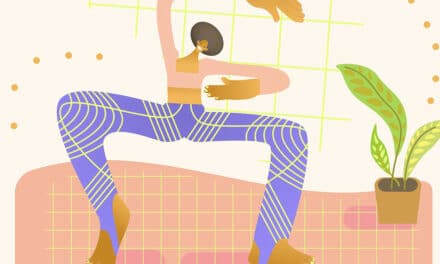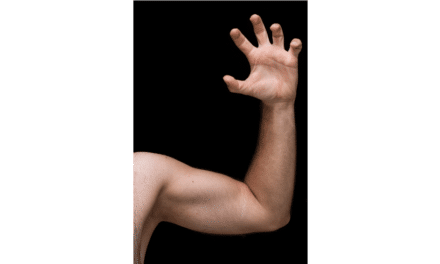From the beginning, I have always been fond of playing with my friends and being in sports teams. From the age of six to twelve, I played cricket, soccer, Australian football, swimming, and surfing. I never seemed to be the best player out of these sports, but I enjoyed being part of a team and having the most fun I possibly could have. After I came to America, I started working out in gyms with a personal trainer, which I ended up thoroughly enjoying. When I was diagnosed with BMD it made me question everything. They told me that I was not allowed to play sports, run, or do more physical training, which was the hardest part of the realization. The one thing that I have always loved doing was taken away due to one condition I never even knew that I had. I honestly had never known what sadness was until that day; it was like my entire life was flipping over itself.
Then my doctors and specialists were telling me that no exercise was awful and too much of it was terrible. Nobody told me the perfect balance for me to adjust to my new lifestyle, so I was perplexed. When my Mum and Dad began researching what exercises I could do safely, it was not very easy, but we ended up developing a workout program that I have indulged myself in. My physical therapist, whom I have seen for the last three years, has worked with me through this struggle and has taught me an abundant number of things I would never have been able to do without him. In the future, I will share with you guys many safe exercises, which I continually do to this day and have helped me profoundly.
However, for this post, I will give a more broadened description of what I have discovered. There are three different types of exercises. There are isometric, concentric, and eccentric exercises. Eccentric exercises are the part that damages the muscle the most, which is terrible for anyone with muscular dystrophy. Over the years, I have created, discovered, and seen different exercises and have modeled my exercise program to do it safely. I will describe an example to display the difference between concentric and eccentric.
Imagine I have a dumbbell in my right hand, and my arm is straight next to my leg. When I bend my arm and bring the dumbbell towards my face, that is concentric movement, and that is safe for me to do (not a heavyweight; otherwise, it would not be). And if I were to lower the dumbbell then back down to the original position that would be eccentric movement, and that is not good for me because that is the movement that can rip your muscle which would typically be a good thing if you want to build muscle mass and did not suffer from a lack of Dystrophin.
Isometric exercise is essentially balancing, and that is also safe for me to do, again not to the point of exhaustion, but I monitor myself and check my breathing and heart rate with my wearable heart monitor (my apple watch). Planks, for example, when you are tightening your core and holding your body up, is an example of isometric exercises.
Resistance bands have been my best friend for the last four years and are only induce concentric movements instead of eccentric. With my physical therapists, I do lift medium/light weights, and he takes the weights from me for the eccentric movement. Although honestly, exercises can be done with body weights only or even in a pool, the most important thing is not increasing muscle mass but maintaining the muscles that you currently have. My dad custom made a hydraulic exercise machine that can only do concentric strain, so, for example, the benchpress pushing away from my body is concentric, but then I have to pull the bar back also under tension, which is also concentric.
So over the years, I have found lots of ways to exercise my body daily which is good for my stress relief and also keeps my body in shape and use my muscles as best I can to maintain stability and balance which helps me to walk effectively and function well and stay positive as I love to exercise. With exercises, it is vital to have adequate recovery techniques and to stretch, allowing your muscles to repair themselves as much as possibles, which are targetting more for members with some dystrophin in their body.





